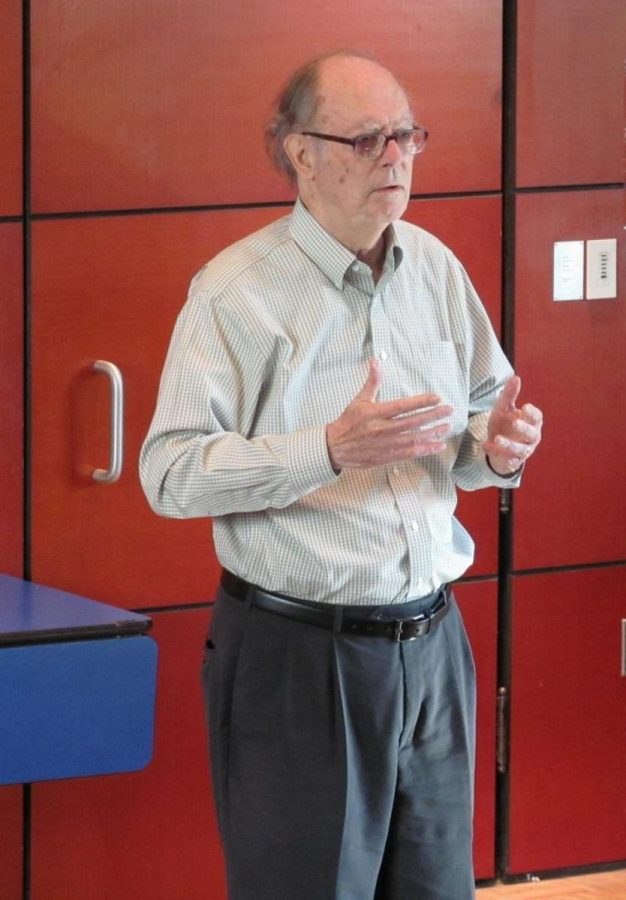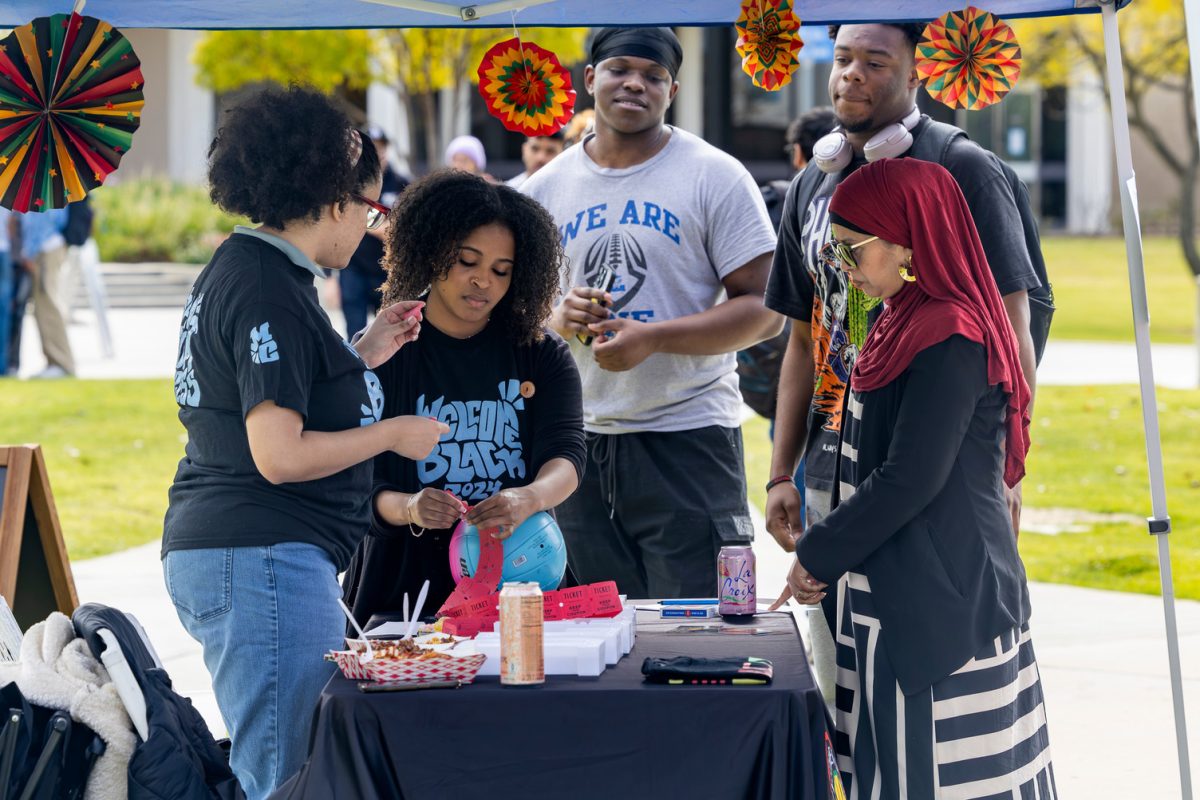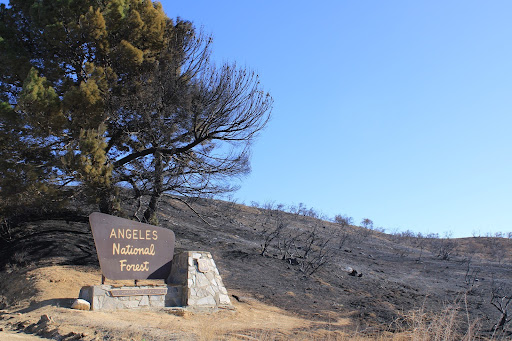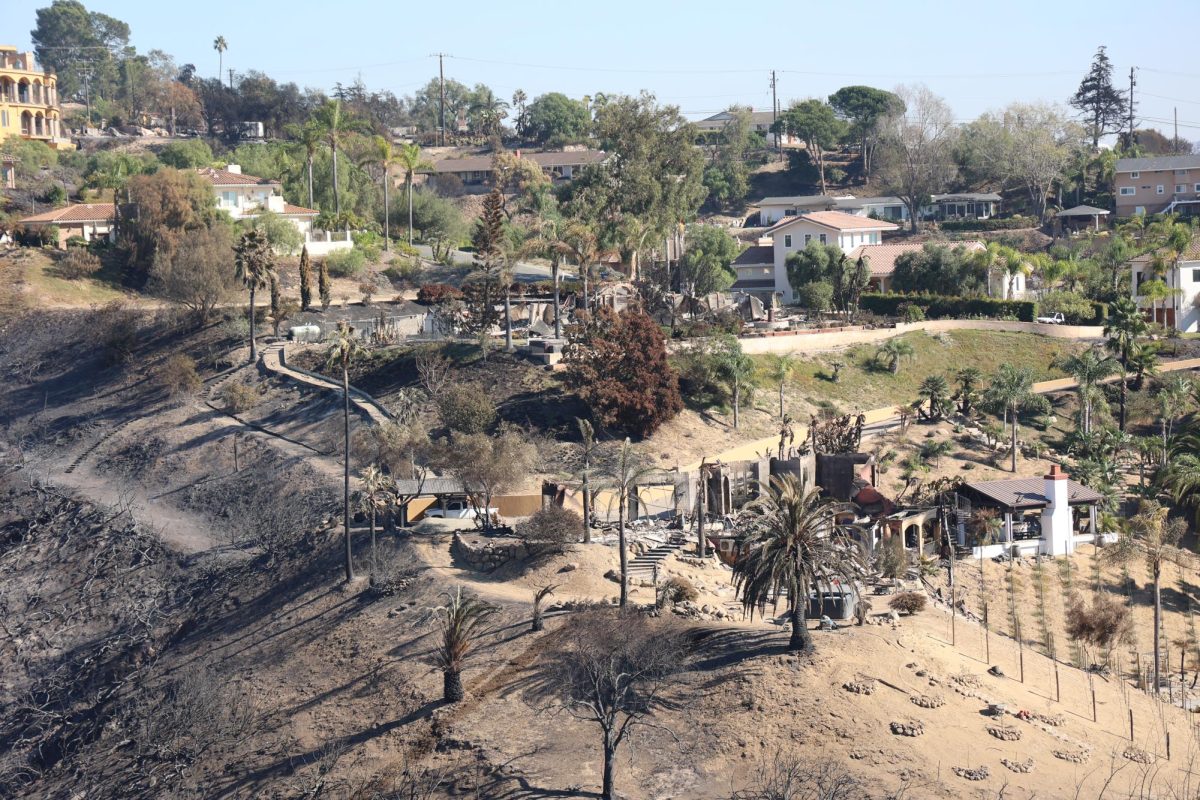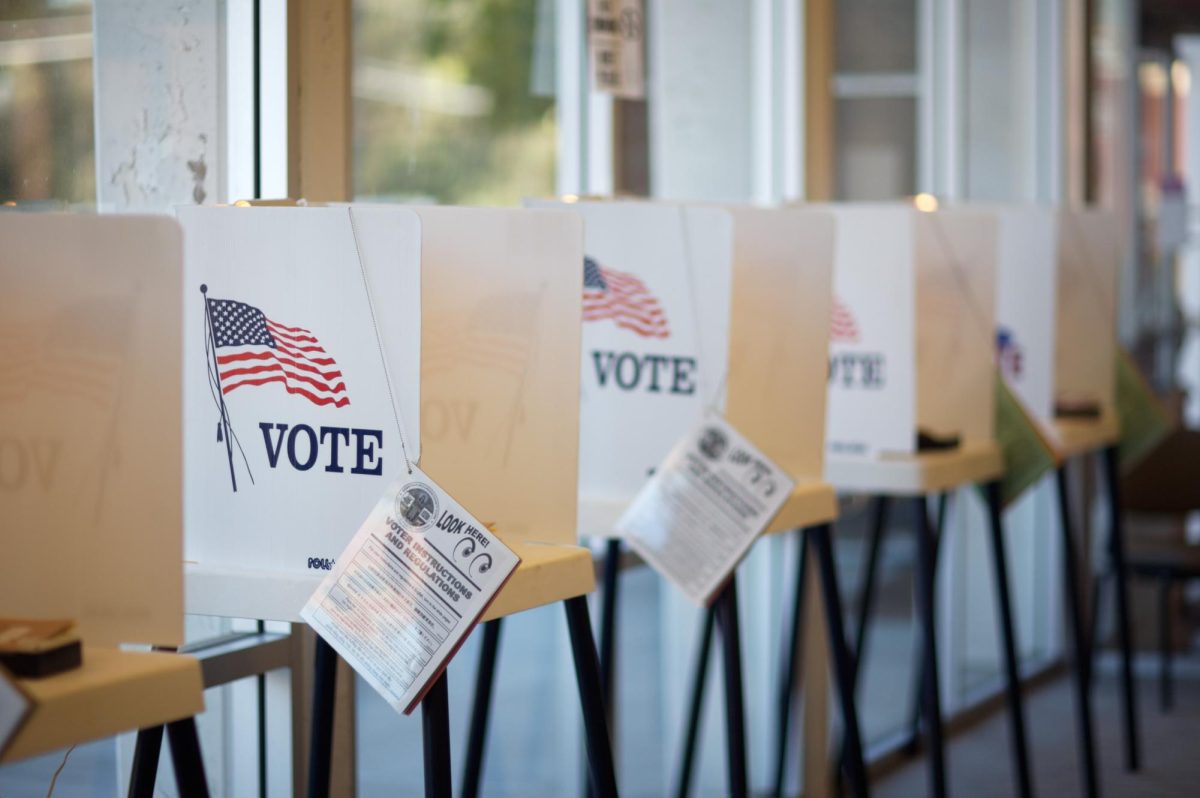The old mystical tradition of storytelling was brought to life by an award-winning historical storyteller for students at Oxnard College to reminisce in.
He indulged OC with his visit to present a cluster of his stories that ranged from folklore to presidential profiles. Woodard also explained the history of this oral art form in a much deeper spectrum.
“Some of my favorite stories are historical stories; true stories that happened in the past,” said Woodard. “So often those stories affect our life today.”
Jim Woodard, writer and professional storyteller, has been the recipient of the “George Washington Award for Excellence in Public Communication” and the “President’s Award for Volunteer Services” from the Boys and Girls Club of America for establishing storytelling clubs with their organization.
According to Woodard, storytellers were in great demand in the past and it was a highly respected profession. Soon enough however, an innovation of great magnitude plundered the careers of storytellers…the printing press.
That particular piece of machinery was invented by Johannes Gutenberg in 1450, which consequently opened the doors to modernity and technological advancement. With such an invention, storytelling quickly became a thing of the past.
“Suddenly there were books, journals, magazines and other media that carried stories and the demand of storytellers went down,” said Woodard. “Along comes radio, movies, television and today there is nothing that anyone can’t do to put together images and stories with computers.”
Woodard then explained that the public took a noticeable increasing interest in storytelling in the past couple decades.
Although there are many opinions as to why this demand has risen, Woodard was willing to share his insight.
“You know, when a story is being told, you create your own images in your own mind just the way you want them,” said Woodard. “Not the way some director or producer down in Hollywood wants to do it, but when you listen to a story being told, you become your own director and producer of images in your own mind.”
Still, Woodard continued to entertain the audience with his animated gestures, vocal tone variation and hand movements. He also mentioned that in the past, storytelling was used as the primary mode of entertainment, communication, history lessons and telling the news.
Amy Edwards, speech and communication professor thought this was an appropriate presentation for her speech class to attend.
“As humans, we are storytellers,” said Edwards. “So learning the original art not only can help us understand our everyday communication skills, but remind us of how important it is that we connect with others.”
Woodard believes that everyone has the capability of using their imagination and envisioning their own story.
“It comes with the package of being a human being,” said Woodard. “Once in a while we have the innate desire to exercise that capability, and listening to stories is the perfect way of doing that.”
Shelley Savren, English professor and coordinator for this event, considers storytelling to be important for students to recognize.
“For one thing we can learn a lot of history from storytelling,” said Savren. “It’s an art form and listening to stories is fun and it’s enriching; it stretches the imagination.”

